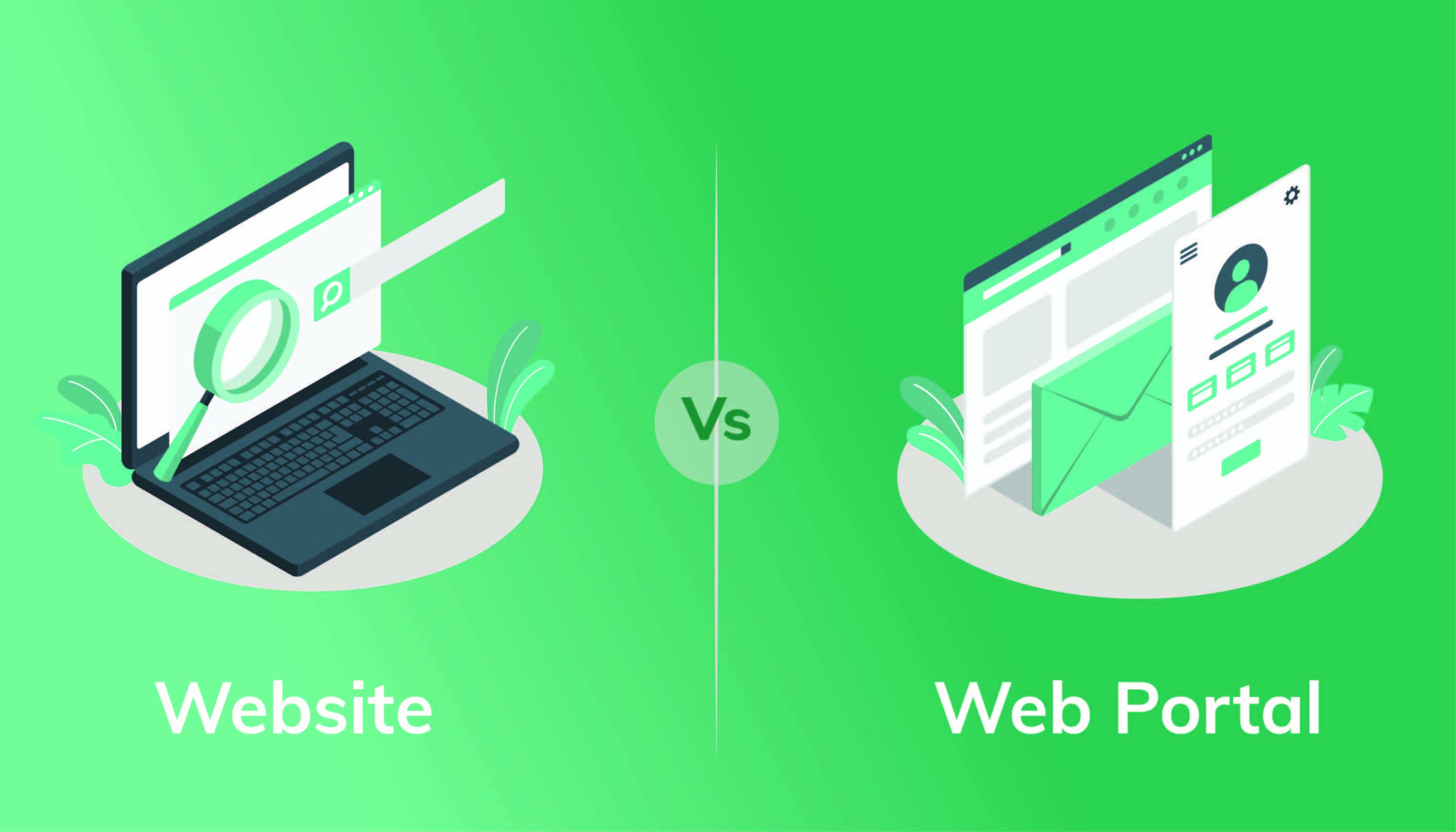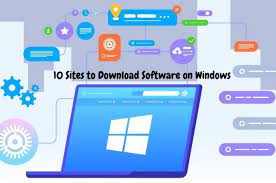Website vs. Web Portal are frequently used but can sometimes be confused. While both serve as online platforms, they have distinct purposes and functionalities. In this blog post, we’ll explore the differences between websites and web portals and provide a comparison table to help you better understand their unique characteristics.
Website: The Digital Presence
A website is a collection of interconnected web pages containing information, media, or resources related to a specific topic, entity, or purpose. Websites are typically accessed through web browsers and are available to the public or a specific target audience. They serve various functions, from providing information and entertainment to e-commerce and online services.
Key Characteristics of Websites:
- Information Sharing: Websites primarily focus on sharing information, whether it’s content, news, articles, or multimedia.
- Broader Audience: Websites are accessible to a wide range of users and can target a general or niche audience.
- Navigation: Websites offer navigation through menus, links, and search bars, allowing users to explore different pages.
- Interactivity: While websites can be interactive, their primary purpose is to deliver content rather than facilitate extensive user interaction.
Internet vs. World Wide Web: Unveiling the Framework of the Digital World
Web Portal: The Gateway to Information
A web portal, on the other hand, is a specialized website that serves as a gateway or entry point to a variety of information, services, and resources. It acts as a centralized hub, often providing users with personalized content, tools, and access to multiple services from a single location. Web portals are commonly used for intranets, extranets, and specific industry or organizational needs.
Key Characteristics of Web Portals:
- Aggregated Content: Web portals aggregate information and services from various sources into a unified platform.
- User Authentication: Portals often require user authentication, allowing for personalized experiences and restricted access to certain content.
- Task-Oriented: Portals are task-oriented and aim to streamline specific processes or provide access to a suite of related services.
- Customization: Users can often customize their portal experience by selecting preferred content or tools.
Comparison Table: Website vs. Web Portal
Let’s delve into the differences between websites and web portals through a comparison table:
| Aspect | Website | Web Portal |
|---|---|---|
| Definition | A collection of web pages sharing information or resources related to a specific topic or purpose. | A specialized website acting as a gateway to various information, services, and tools. |
| Primary Purpose | Information sharing and content delivery. | Providing access to a variety of services and resources from a single entry point. |
| User Interaction | May offer interactivity but primarily focuses on content delivery. | Offers personalized content and tools, often requiring user authentication. |
| Audience | Can target a broad or niche audience. | Often designed for specific industry, organizational, or task-related needs. |
| Navigation | Typically features menus, links, and search bars for navigation. | Offers a structured layout with multiple access points and customized features. |
In summary, websites and web portals play distinct roles in the digital realm. Websites are content-driven platforms that share information with a broad audience, while web portals act as gateways to multiple services and resources, often tailored to specific user needs. Understanding these differences can help you choose the right platform for your online presence or project, ensuring that you meet your goals effectively and efficiently.











